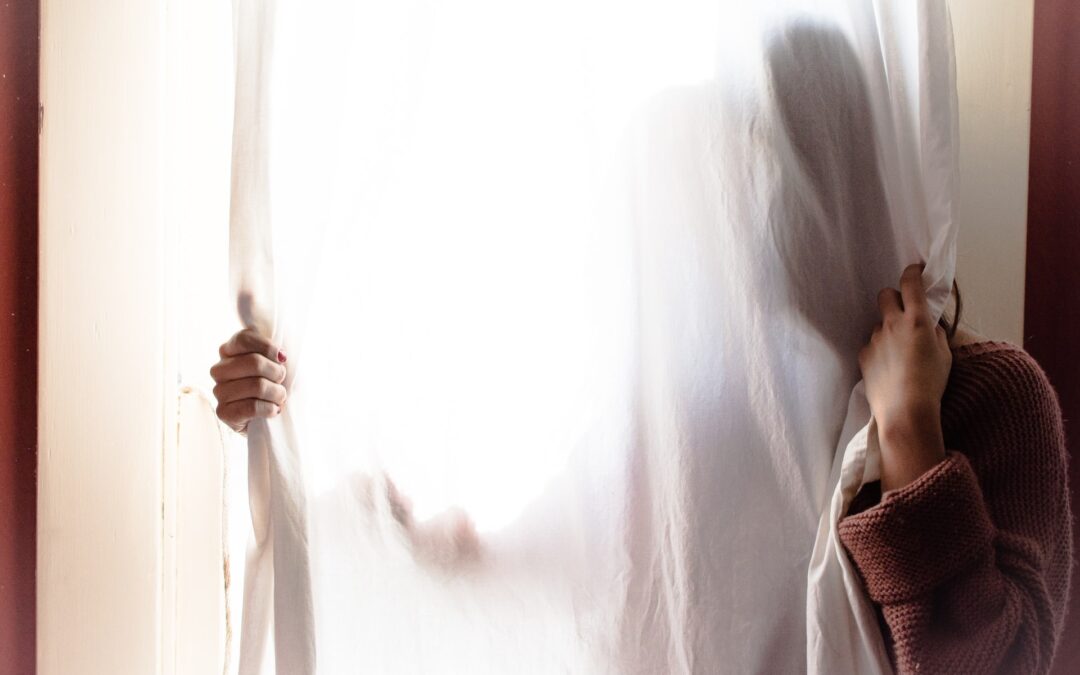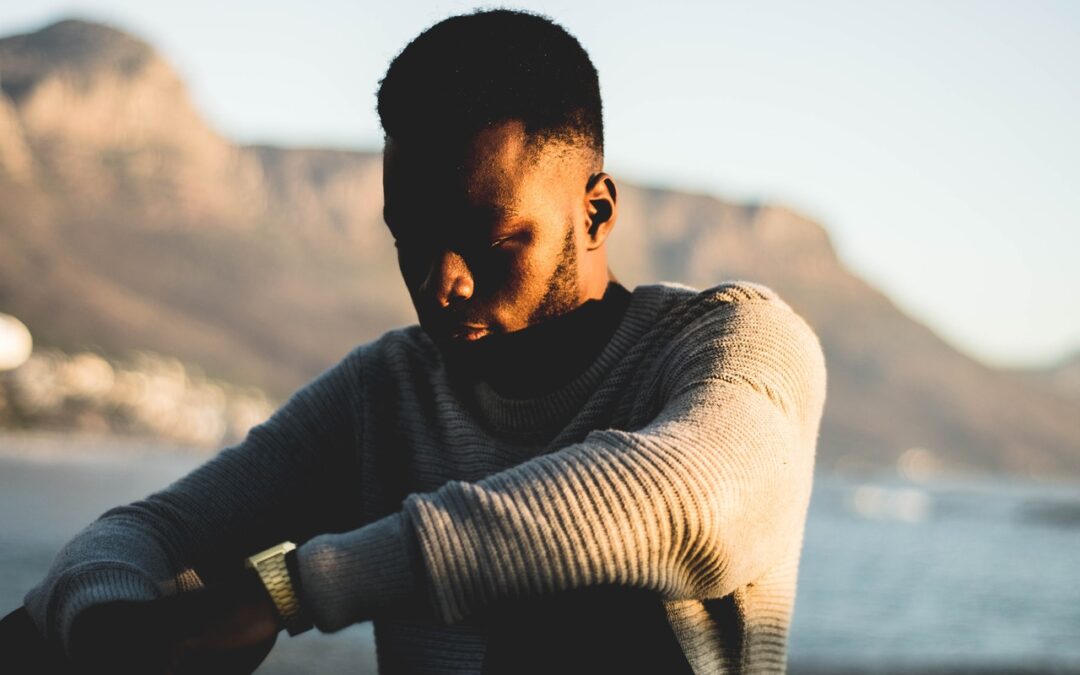
Hiding My Grief Behind the Veil of “Normal”
When you see me, you probably see what you would consider to be a strong person.
You see someone who appears to be living the “American Dream.” I juggle a family, a career, a social life, and even a volunteer position for a good cause. You see a person who came back from the death of a young child. And as you usually put it, someone who has “moved on” with life. You see someone who has seemingly taken lemons and turned them into lemonade.
But unless I want you to, you don’t really see me. You see a “normal” version of me through a veil that I wear.
I began to wear this veil as soon as I was forced to interact with the “normal” world. A few weeks after my 4-year-old daughter’s sudden death. It felt awkward and didn’t fit well when I first put the veil on.
But I put it on because of your reactions to my overwhelming grief. They seemingly made my life even harder than it already was. I put it on because I couldn’t handle your looks of pity, your awkward pauses, or sometimes your indifference to my pain.
I wore the veil because I didn’t want to call attention to myself in my darkest hour.
When I had no choice but to go back to work, you saw someone who didn’t smile or interact with you much. But you thought that was to be expected — at least for a little while. From your side of the veil, I appeared to be throwing myself back into work with a passion and concentration you hadn’t seen before. You even commented on how impressed you were with my work ethic.
After avoiding me for a few weeks, you decided it was time to go back to your normal interactions with me. You casually asked how I was and expected the standard, “I’m good, how are you?” Apparently, you wanted me to feel included in the “normal” world again. You started telling me your latest dramas and the juiciest gossip.
From my side of the uncomfortable and ill-fitting veil, I was barely able to hold a thought for more than a few minutes before my mind turned to my daughter, her death, and the nightmare I was living in.
Most of the time, I was desperately trying to hold back the tears that were constantly welling up behind my eyes. This went on day after day and week after week. I used the veil to try to shut you out. All I wanted was to get through each day without bursting into tears and screaming at you all to shut up. I didn’t care about work, your dramas, or gossip.
None of it mattered any more. Nothing mattered anymore. I bit my tongue, painted on a fake smile, and told you I was “fine” for your convenience. And by the way, you’re welcome. I guarantee you would not have liked being around me without my veil on at that time.
Behind my veil it was exhausting to keep up appearances for your side of the veil.
Behind my veil I constantly wished for you to not look in my direction. I wanted to stay invisible and avoid your small talk. When you did engage me, I summoned up all the energy I had to pretend to be normal. To pretend my world was still the way it was before she died.
When I saw you in the supermarket or doctor’s waiting room or my kids’ soccer and baseball games, you saw someone who usually avoided eye contact. But who smiled back at you and said hello if you managed to catch my eye. You saw someone who politely made small talk with you and seemed perfectly personable.
Inevitably, when you saw me with my four boys, you asked the question I dreaded most. “Are you going to try for a girl?” Thoughts raced through my mind of how I should answer. Was it betraying my daughter to pretend she hadn’t existed so I could avoid this torture? Most often I gave my standard response that politely laughed it off. I answered, “No, four kids is enough,” in hopes you would change the subject. If I was in the rare mood to tell you the truth, you heard my brief, but sobering statement that I had a daughter who had died. You said a brief condolence and then politely changed the topic, stopped talking, or said goodbye.
The veil has changed a lot in the years since her death.
I got so used to wearing it that it began to feel comfortable and even normal. Even though it began to feel normal to wear, I never fully embraced it. I looked forward to the times I could take it off and just be myself around you.
As I changed over time, so did your reactions. I learned how to better harness the pain of losing my daughter into learning how to live a more meaningful life. My grief softened and felt less threatening to most of you. I’ve often surrounded myself with those of you who don’t want me to wear a veil. And for all of you I am truly grateful.
These days I don’t wear my veil very often. But I keep it in my back pocket and wear it on days that are particularly hard — often for no apparent reason.
I wear it when I get triggered in public by certain special events, an innocent comment, disturbing image, or the sounds of sirens screaming by. The veil was an invaluable tool when I was early in this journey of grief, but I would love to live to see this society become one that tolerated authentic grief in a way that made the veil altogether unnecessary. Wouldn’t that be something.



 This website was inspired by the memory of Margareta Sol Kubitz in hopes of helping others work through the pain of grief.
This website was inspired by the memory of Margareta Sol Kubitz in hopes of helping others work through the pain of grief.